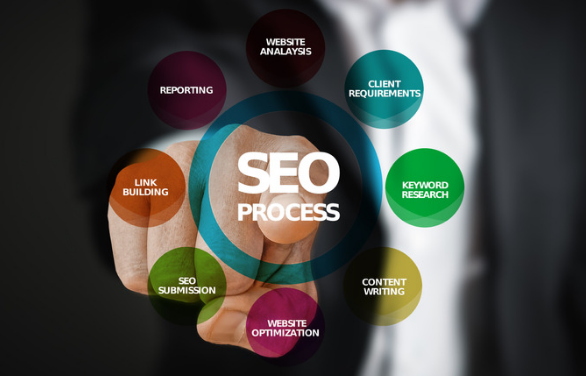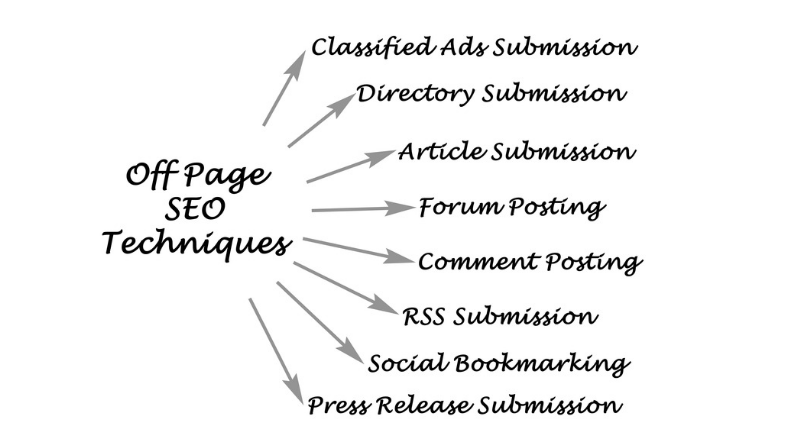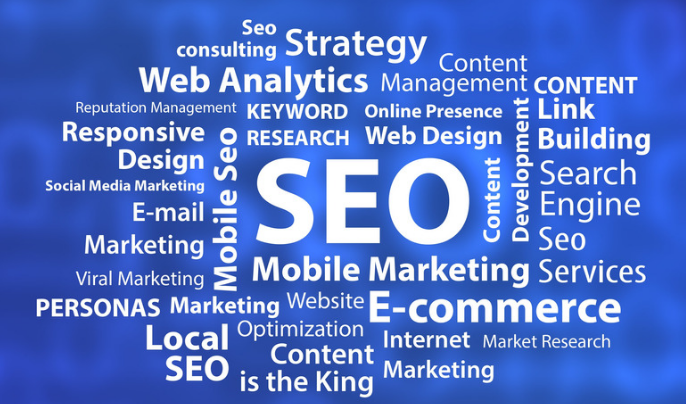Table of Contents
What is SEO?
 SEO is also known as Search Engine Optimization; the name explains the role. SEO is a technique that is used for any business website to attain its position on Google search. SEO experts optimize the content and the whole website to meet the ranking algorithm of Google. SEO makes the website to appear in the top search results of any search engine like Google and displays your product or website in the first position. Technically, SEO helps to increase the website ranking and reduces traffic in the search engine result pages [SERPs].
SEO is also known as Search Engine Optimization; the name explains the role. SEO is a technique that is used for any business website to attain its position on Google search. SEO experts optimize the content and the whole website to meet the ranking algorithm of Google. SEO makes the website to appear in the top search results of any search engine like Google and displays your product or website in the first position. Technically, SEO helps to increase the website ranking and reduces traffic in the search engine result pages [SERPs].
SEO is not a single process, it is classified into three types, On-Page SEO, Off-Page SEO and Traditional SEO. In this article, we will discuss what is SEO, their types, and how SEO benefits your business.
Types of SEO
- On-Page SEO
- Off-Page SEO
- Traditional SEO
On-Page SEO
 On-Page SEO is the process of optimizing the content, image, URL, tags, and other required properties in the own website i.e., any of the processes done inside the website is called on-page SEO. As a beginner in digital marketing, one should start with the on-page SEO. You need to optimize the required on-page elements and they are,
On-Page SEO is the process of optimizing the content, image, URL, tags, and other required properties in the own website i.e., any of the processes done inside the website is called on-page SEO. As a beginner in digital marketing, one should start with the on-page SEO. You need to optimize the required on-page elements and they are,
- Title
- URL
- Keyword research
- Meta Data
- Image optimization
- Link building
Title – Title is the first impression for any of the blogs or stories, it must be unique. The keyword research should be done to select the perfect title and note that the title should not exceed 60 characters.
URL – URL is one of the important elements in on-page SEO, it should cover the targeted keyword and the words in the title. It should be short as much as possible.
Keyword Research – Keyword is the most important element for any of the SEO practices. As an SEO, you should search for the specified keyword, and choose according to the search volume, difficulty, and reach. You can make use of the online Keyword Research Tools like Ahrefs, Semrush, and Google Keyword Planner to select the appropriate keyword.
Meta Data – Meta data is the short description, or you can call it as an objective of any of the blogs or websites. Here meta title and meta description are optimized. The meta title should not exceed 60 characters, and the meta description should not exceed 160 characters.
In the metadata area, you should represent the Focus Keyphrase which acts as the targeted keyword for the whole blog or website.
Image Optimization – Images are the elements, that can attract audiences. So, images should be selected properly, and it should be optimized. Do not download the images, always crop the images, and compress as much as possible. The compressed image can reduce the loading time, and the Alt Text should be given for every image.
Note that, the keyword must be included in any one of the image alt texts which is the primary ranking factor.
Link Building – Link building is the strategy and an important SEO ranking factor. The links should not be stuffed more, and it should not be minimum. Links are classified into two types Internal and External Links.
- Internal Links – Internal links are the links that are given from the own website. It can be from the sub-page or homepage, and you should select the appropriate anchor text.
- External Links – External links are given from outside of the website, i.e., providing a link from a highly authorized website like Wikipedia.
Off-Page SEO
 Off-Page SEO is a technique, that is done outside the website. The main aim of off-page SEO is to build links for the chosen website. The links can be given by submitting articles in the high domain sites. You can submit Quora answers for the blogs listed on the business website, and it is also important to create infographics for the blogs or subpages. The infographic should be submitted to 10 different sites with a unique heading and description. Blog outreach is also the technique of Off-Page SEO which can give the best result.
Off-Page SEO is a technique, that is done outside the website. The main aim of off-page SEO is to build links for the chosen website. The links can be given by submitting articles in the high domain sites. You can submit Quora answers for the blogs listed on the business website, and it is also important to create infographics for the blogs or subpages. The infographic should be submitted to 10 different sites with a unique heading and description. Blog outreach is also the technique of Off-Page SEO which can give the best result.
Traditional or Technical SEO
 Technical SEO is the core for any of the websites to rank higher. In this technique, the website is optimized for the Google algorithm, and it increases user-friendliness. Technical SEO is done to crawl and index the websites quickly without any delay. The technical SEO includes,
Technical SEO is the core for any of the websites to rank higher. In this technique, the website is optimized for the Google algorithm, and it increases user-friendliness. Technical SEO is done to crawl and index the websites quickly without any delay. The technical SEO includes,
- Site Speed
- Mobile Friendliness
- Indexing
- Crawlability
- Site Architecture
- Structured Data
- Security
By optimizing the above factors, search engines can crawl your site or pages faster and indexed quickly.
Benefits of SEO
 As a small business, SEO helps you to attract more customers through organic search.
As a small business, SEO helps you to attract more customers through organic search.
- SEO can build a user-friendly and trustworthy website that the user can experience a professional feel.
- The ultimate aim of SEO is to satisfy the customer and user expectations.
- SEO helps to improve your brand awareness, where users will trust only the highly authorized brands.
- SEO helps to track your website growth, and all the information on the website like visitors, ranking, factors to be improved etc.,
- SEO will cost low, as you can attain more profit when businesses use SEO for their websites.
- Digital marketing is the future for any of the online business, and SEO plays a main role in digital marketing strategies.
- It helps to rank your page higher and reduce website traffic, which results in fast crawling and indexing.






































